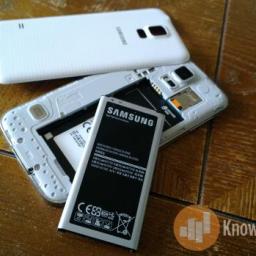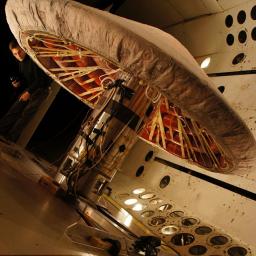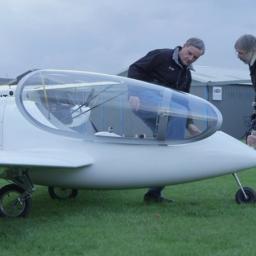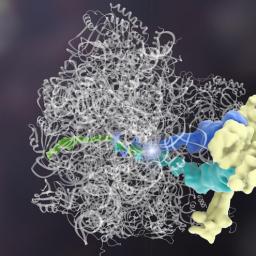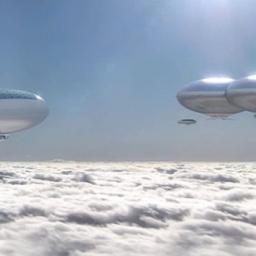US Military personnel exposed to Agent Orange long after Vietnam War
According to a new report from the National Institute of Medicine, U.S. Air Force reservists who (a decade after the Vietnam War) worked in C-123 aircraft that had sprayed Agent Orange during the war, were exposed to dangerous levels of the herbicide. Even as recently as 2009, samples taken from the aircraft showed the presence of Agent Orange residues in or above the cautionary range.
Agent Orange contained "minute traces" of 2,3,7,8-tetrachlorodibenzo-p-dioxin (TCDD), more commonly known as dioxin. Through studies done on laboratory animals, dioxin has been shown to be highly toxic even in minute doses; human exposure to the chemical could be associated with serious health issues such as muscular dysfunction, inflammation, birth defects, nervous system disorders and even the development of various cancers. Returning Vietnam veterans and their families reported a range of afflictions, including rashes and other skin irritations, miscarriages, psychological symptoms, Type-2 diabetes, birth defects in children and cancers such as Hodgkin's disease, prostate cancer and leukemia.
The Agent Orange Act of 1991 provides health care and disability coverage for health conditions that have been deemed presumptively service-related and due to herbicide exposure during the Vietnam War. The 1,500 to 2,100 U.S. Air Force Reserve personnel who worked aboard these C-123 aircraft are currently ineligible to receive benefits, as it has thus-far been restricted to "boots on the ground" servicemen.
Agent Orange contained "minute traces" of 2,3,7,8-tetrachlorodibenzo-p-dioxin (TCDD), more commonly known as dioxin. Through studies done on laboratory animals, dioxin has been shown to be highly toxic even in minute doses; human exposure to the chemical could be associated with serious health issues such as muscular dysfunction, inflammation, birth defects, nervous system disorders and even the development of various cancers. Returning Vietnam veterans and their families reported a range of afflictions, including rashes and other skin irritations, miscarriages, psychological symptoms, Type-2 diabetes, birth defects in children and cancers such as Hodgkin's disease, prostate cancer and leukemia.
The Agent Orange Act of 1991 provides health care and disability coverage for health conditions that have been deemed presumptively service-related and due to herbicide exposure during the Vietnam War. The 1,500 to 2,100 U.S. Air Force Reserve personnel who worked aboard these C-123 aircraft are currently ineligible to receive benefits, as it has thus-far been restricted to "boots on the ground" servicemen.

